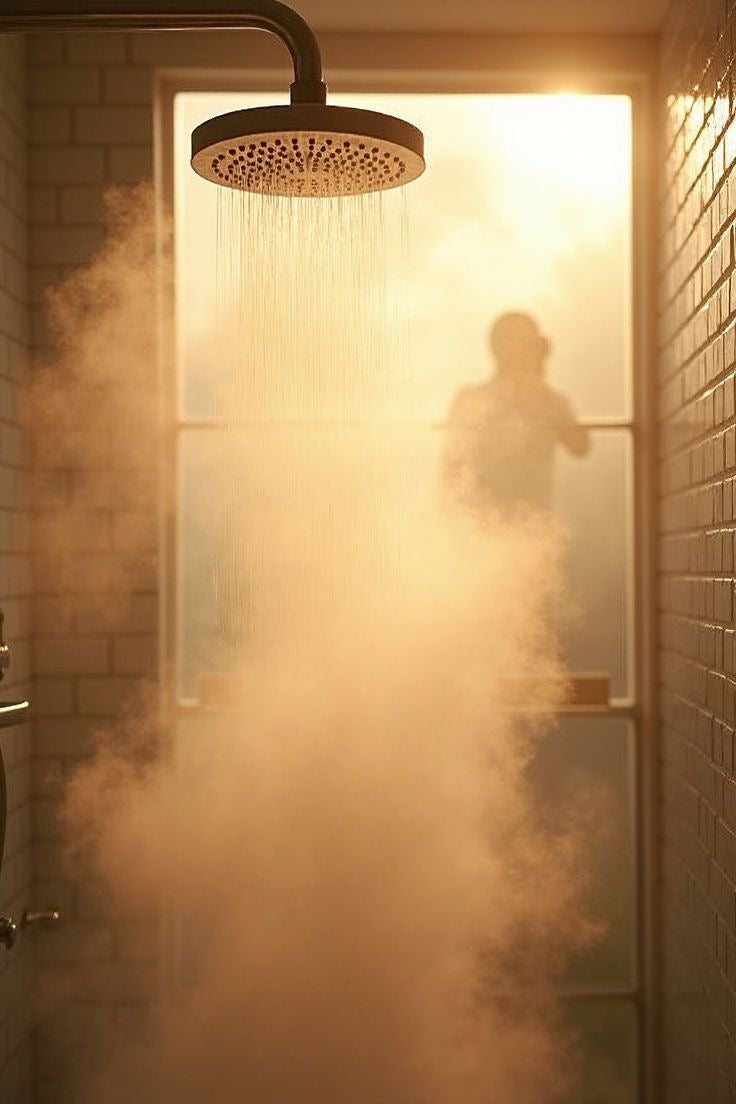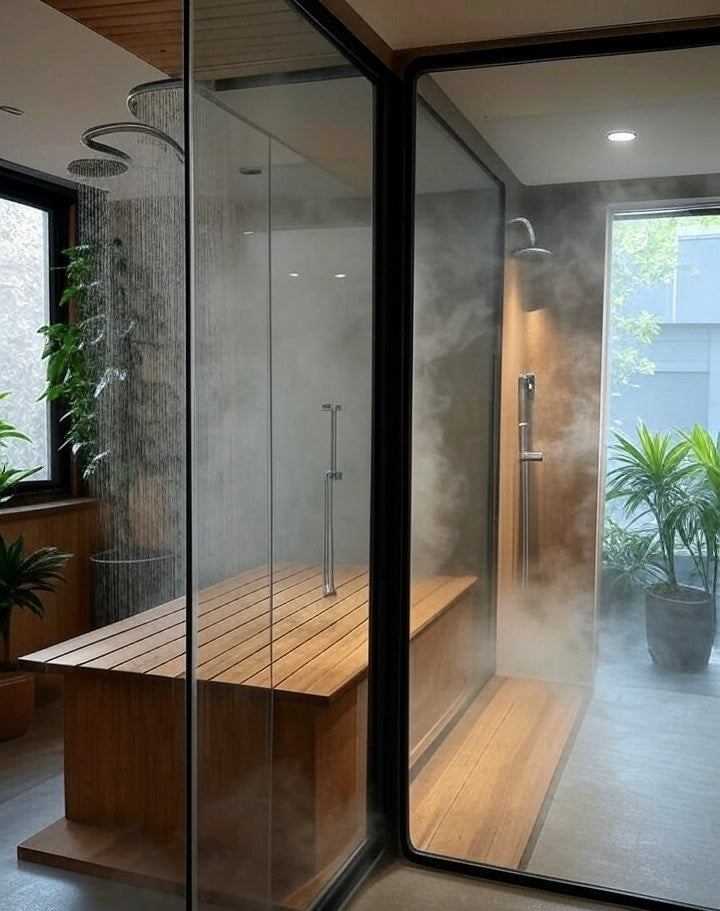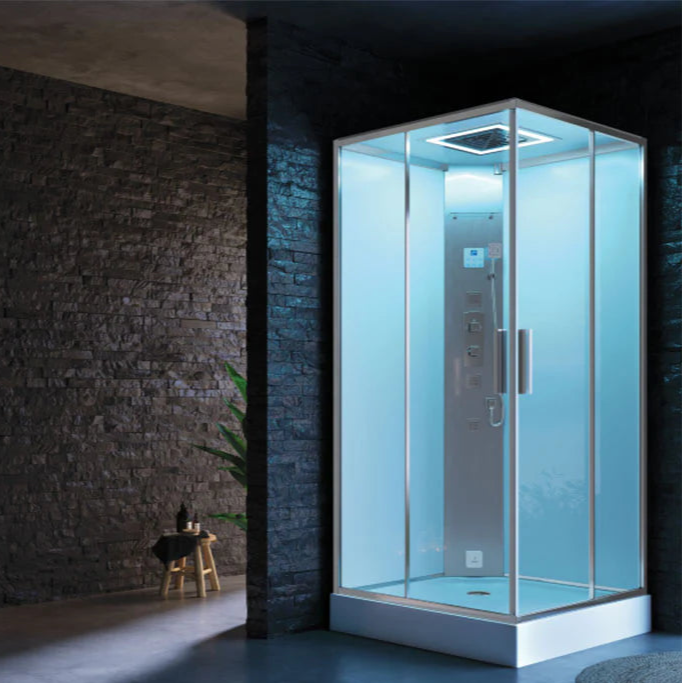Feeling frazzled and fighting fatigue? A home sauna—especially an infrared sauna—might offer more than just a sweaty escape. Short answer: While not a cancer cure, infrared sauna therapy may support comfort, calm, and recovery. Curious how a garden sauna or outdoor sauna fits into cancer care? Let’s dive in.

Understanding Infrared Saunas
What is an Infrared Sauna?
Infrared saunas use light to gently warm the body without heating the surrounding air.
Unlike traditional saunas that rely on high temperatures and steam, infrared models emit light waves that penetrate deeper into the skin.
This makes the heat feel more tolerable and suitable for those with fatigue or low heat tolerance.
Infrared sauna use is rising in popularity for both home and wellness centre settings.
How Do Infrared Saunas Work?
Different wavelengths: near, mid, far infrared
Infrared saunas use near, mid, and far-infrared light. Each wavelength targets the body in slightly different ways.
-
Near infrared helps with skin and wound healing
-
Mid infrared reaches soft tissue and muscles
-
Far infrared penetrates deepest, boosting circulation and promoting a sweat response
Together, these offer a balanced, therapeutic experience.
Key Differences from Traditional Saunas
| Feature | Infrared Sauna | Traditional Sauna |
|---|---|---|
| Heat Method | Infrared light | Heated air (often steam) |
| Temperature Range | 45–65°C | 70–100°C |
| Humidity | Dry | High or variable |
| Comfort Level | More tolerable | Can feel intense |
| Sweat Activation | Deep tissue penetration | Surface sweating |
General Health Benefits of Infrared Saunas (Beyond Cancer)
Relaxation and Stress Reduction
Infrared saunas offer a calming space for rest.
The gentle warmth can lower cortisol, helping to reduce stress and support the nervous system.
People often report feeling refreshed and mentally lighter after use.
It may also support better sleep by calming the body before bedtime.
Pain Relief and Muscle Recovery
Many turn to infrared saunas to ease muscle tightness, joint pain, or post-workout soreness.
The improved blood flow can assist healing and provide relief from stiffness or inflammation.
This makes it useful for athletes and anyone with physical fatigue or discomfort.
Detoxification (General Understanding)
Sweating in an infrared sauna may help the body flush out toxins absorbed from daily life.
While detox claims should be viewed with care, light perspiration can support natural elimination processes.
It also improves skin tone and clarity by opening the pores.
Cardiovascular Health
Infrared sauna use causes a mild cardiovascular workout.
Your heart rate increases gently, and blood vessels dilate—much like light aerobic activity.
Over time, this may benefit blood pressure, circulation, and vascular health.
Infrared Saunas and Cancer: The Current Understanding
Can Infrared Saunas Treat or Cure Cancer?
Debunking myths
The Scientific Consensus: No Evidence for Direct Cancer Treatment or Prevention
There is currently no evidence that infrared saunas can treat, cure, or prevent cancer.
While the warmth feels therapeutic, saunas do not target or destroy cancer cells.
It’s important not to rely on them as an alternative to proven treatments.
Differentiating Research on Infrared Radiation vs. Recreational Saunas
Some lab studies use focused infrared radiation on cancer cells in very specific conditions.
These setups are different from using a garden sauna or home sauna recreationally.
The heat intensity and method of delivery are not comparable.
Importance of Conventional Cancer Treatments
Medical treatments such as surgery, chemotherapy, and radiotherapy remain essential.
Infrared saunas may support comfort—but they should never replace conventional care.
Always follow the guidance of your oncologist.
Potential Role in Supportive Care for Cancer Patients
Managing Side Effects of Conventional Treatments
Fatigue, aches, and stress are common side effects of cancer therapies.
Infrared sauna sessions may help ease these symptoms through improved circulation and relaxation.
Some patients find it comforting and rejuvenating during or after treatment.
Improving Overall Well-being and Quality of Life
Taking time to relax in a home or outdoor sauna may support emotional well-being.
It encourages calm, improves sleep, and may even reduce feelings of anxiety.
These small gains can add up, especially during recovery phases.
Detoxification (Revisiting with Caution for Cancer Patients)
While light sweating can help eliminate toxins, extreme or prolonged detox approaches should be avoided.
Cancer patients are often more sensitive and need to be cautious.
Gentle, short sessions under medical guidance are safest.
Ongoing Research and Future Directions
Studies on Hyperthermia and Specific Cell Lines
Some research explores hyperthermia therapy—which uses controlled, high heat to treat cancer.
However, these studies are done under clinical settings and should not be confused with casual sauna use.
Infrared saunas do not reach therapeutic hyperthermia levels.
Limitations of Current Research
There’s growing interest in infrared sauna and cancer research, but data is still limited.
Most studies are small or not conducted on humans.
More rigorous trials are needed to understand the full potential and safety.
Safety, Risks, and Considerations for Cancer Patients

Are Infrared Saunas Safe for Everyone, Especially Cancer Patients?
General Safety Guidelines for Infrared Sauna Use
-
Drink plenty of water
-
Start with 10–15 minute sessions
-
Keep the temperature moderate
-
Rest if you feel dizzy or lightheaded
A slow and gentle approach is key.
Dehydration and Overheating
Because saunas cause sweating, dehydration is a risk—especially for those already fatigued.
Symptoms like dry mouth, dizziness, and nausea are signs to stop immediately.
Stay well-hydrated before and after.
Electromagnetic Fields (EMFs) in Infrared Saunas
Some worry about EMFs from saunas.
Most modern infrared saunas have low EMF output, especially well-built UK and EU models.
If concerned, choose a brand with low-EMF certification.
Who Should Avoid Infrared Saunas (or Exercise Extreme Caution)?
Patients Undergoing Active Cancer Treatment
Those currently receiving chemotherapy or radiation should consult their doctor before sauna use.
It may interfere with body temperature regulation or fatigue levels.
Individuals with Specific Medical Conditions
Use caution if you have:
-
Low blood pressure
-
Heart conditions
-
Pacemakers or metal implants
Infrared heat could affect how your body or device functions.
Pregnant or Breastfeeding Individuals
Pregnant individuals should avoid saunas entirely.
Heat stress can be harmful to both mother and baby.
Those breastfeeding should speak with a healthcare provider before using one.
Essential Medical Consultation and Guidance
Always Consult Your Oncologist or Healthcare Team First
Before using an infrared sauna for cancer, check in with your care provider.
They can assess whether it’s appropriate for your current stage of treatment or recovery.
Discuss Potential Interactions with Medications or Treatments
Certain drugs may increase sensitivity to heat or dehydration.
It’s essential to know how your medication reacts under sauna conditions.
Personalising Usage Based on Individual Health Status
Everyone’s situation is unique.
What works for one person may not suit another—especially in cancer recovery.
Start slowly and adjust based on how your body feels.
Quick Takeaways
-
Infrared saunas don’t treat cancer, but they may support comfort and recovery.
-
Possible benefits include stress relief, improved circulation, and reduced aches.
-
Use with caution, especially during treatment—always speak with your doctor first.
-
Short, gentle sessions in a home sauna or outdoor sauna are often well-tolerated.
-
More research is needed to confirm long-term safety and benefits.
Conclusion: A Warm Addition to Holistic Care
Infrared sauna benefits for cancer patients are about supporting the person, not curing the disease.
With a doctor’s guidance, a home sauna, garden sauna, or outdoor sauna can become a comforting space to unwind.
Small routines can make a big difference in the healing journey.
If it brings peace and relief—it’s doing something worthwhile.






